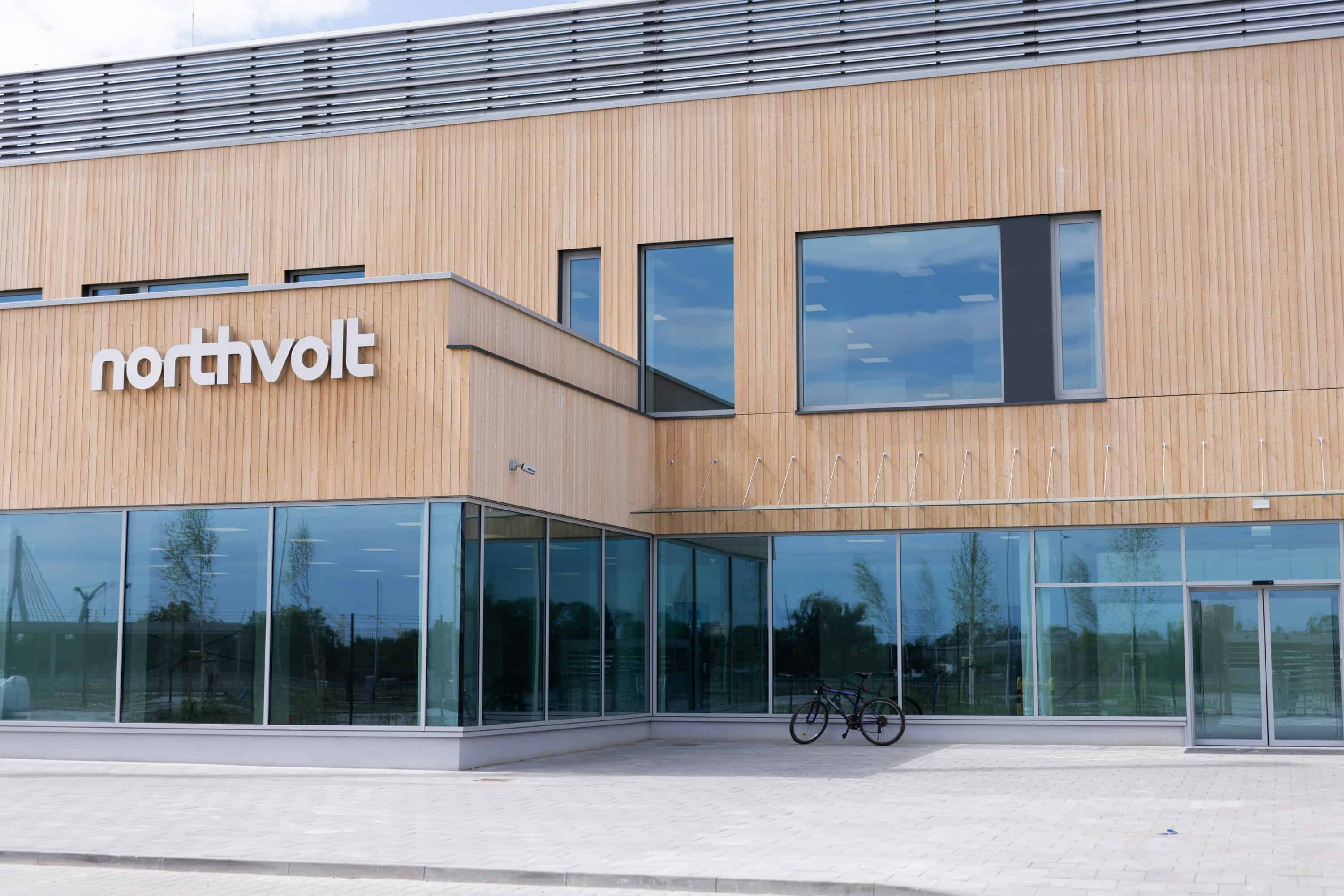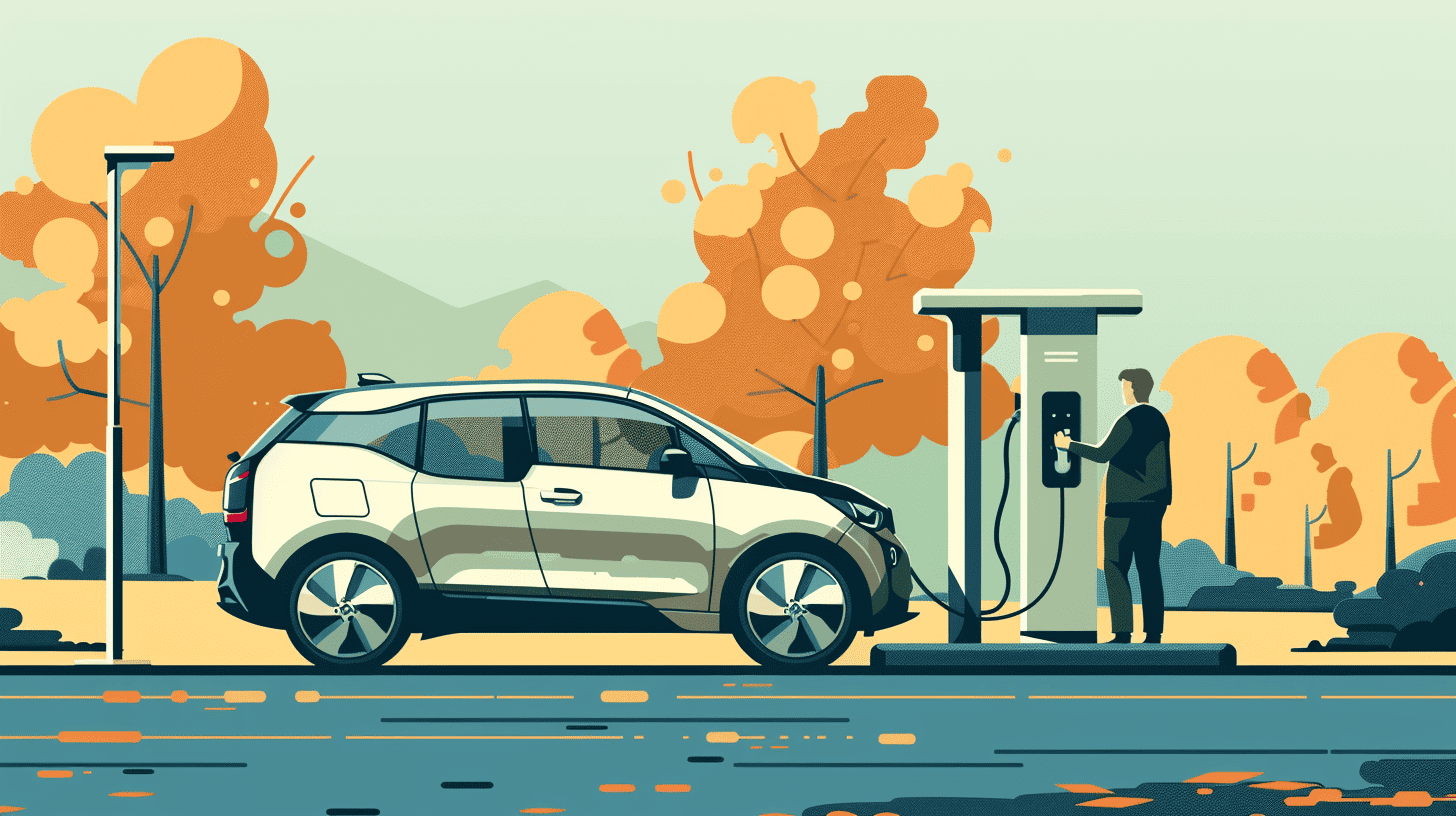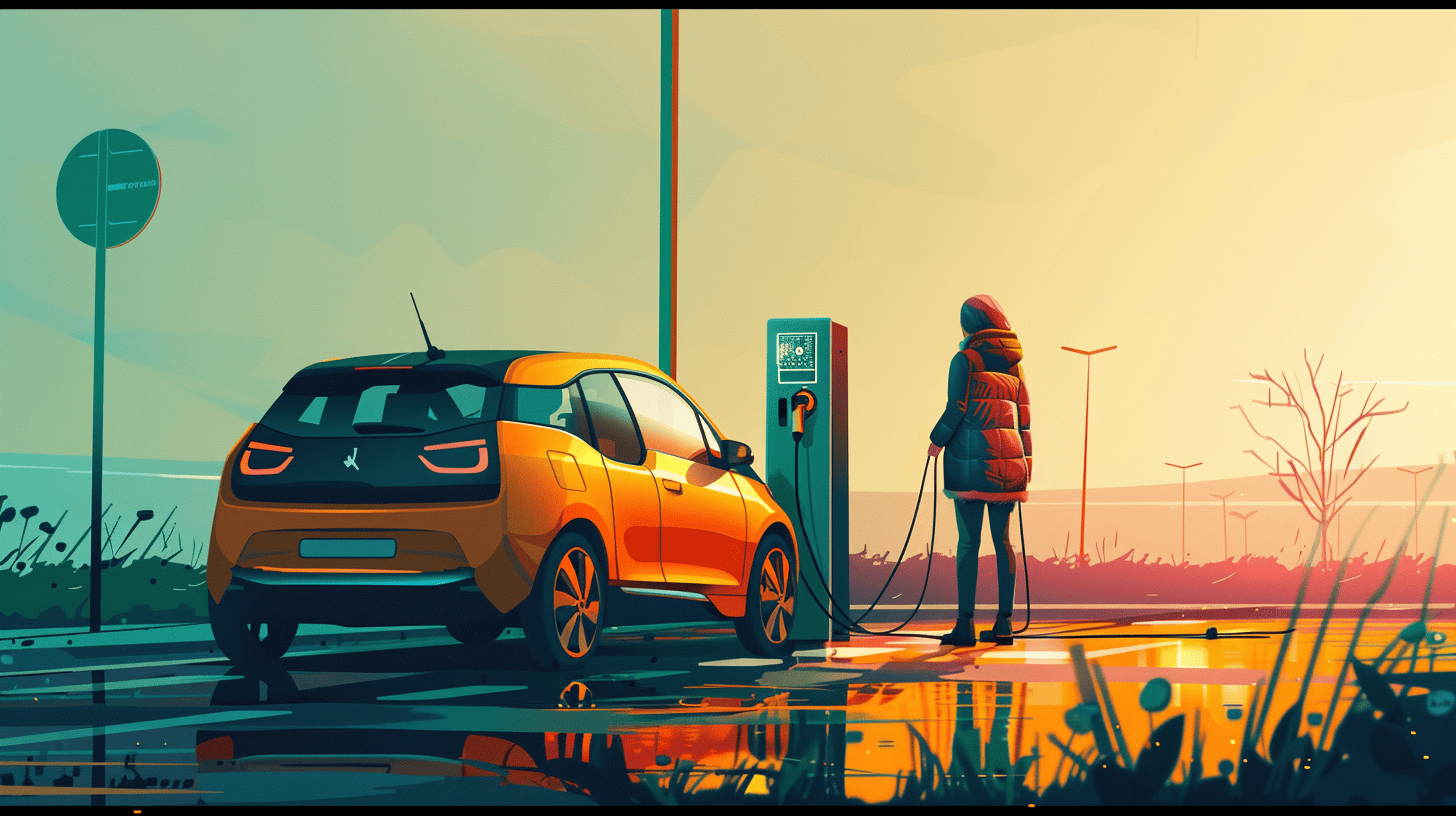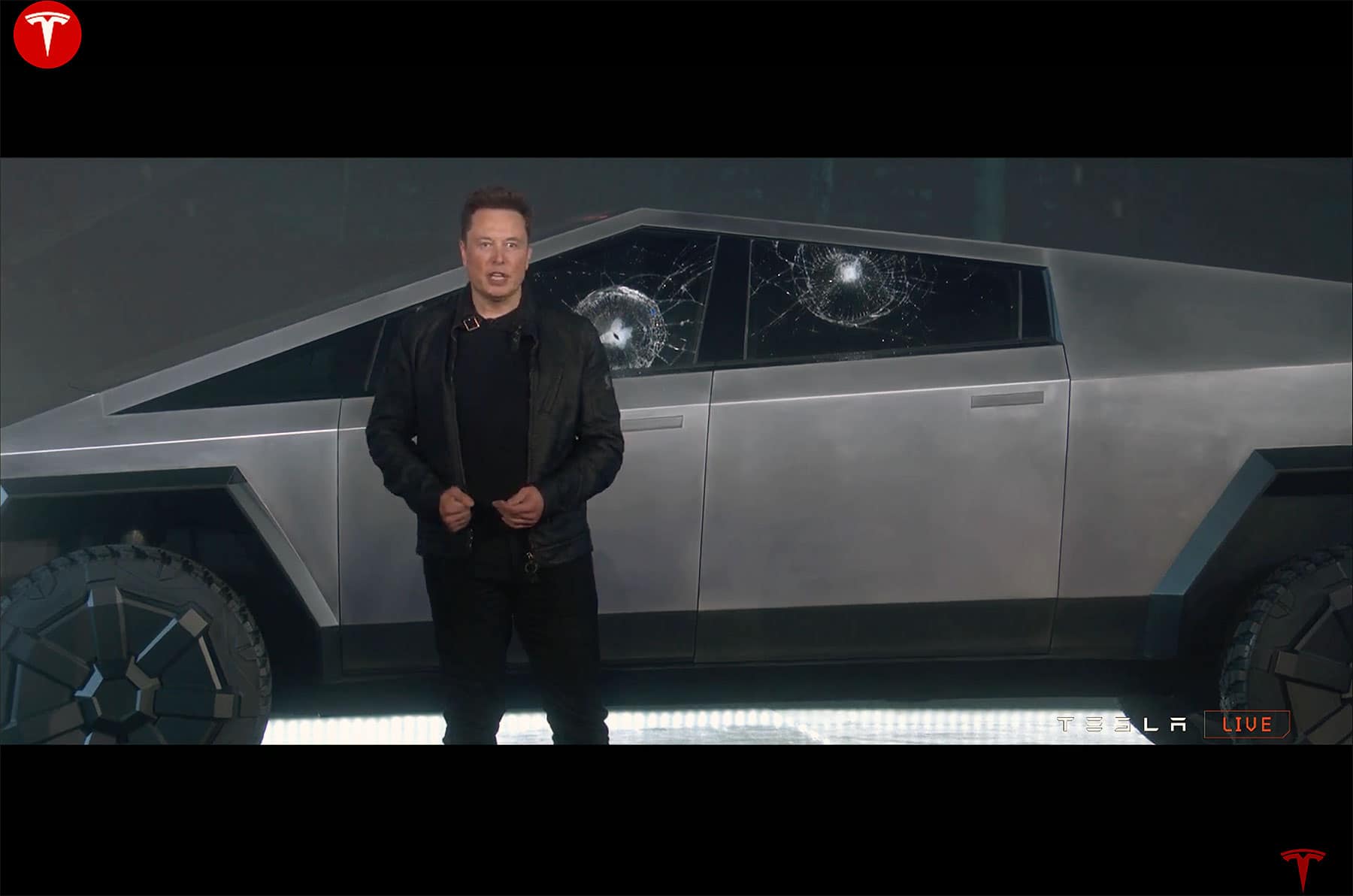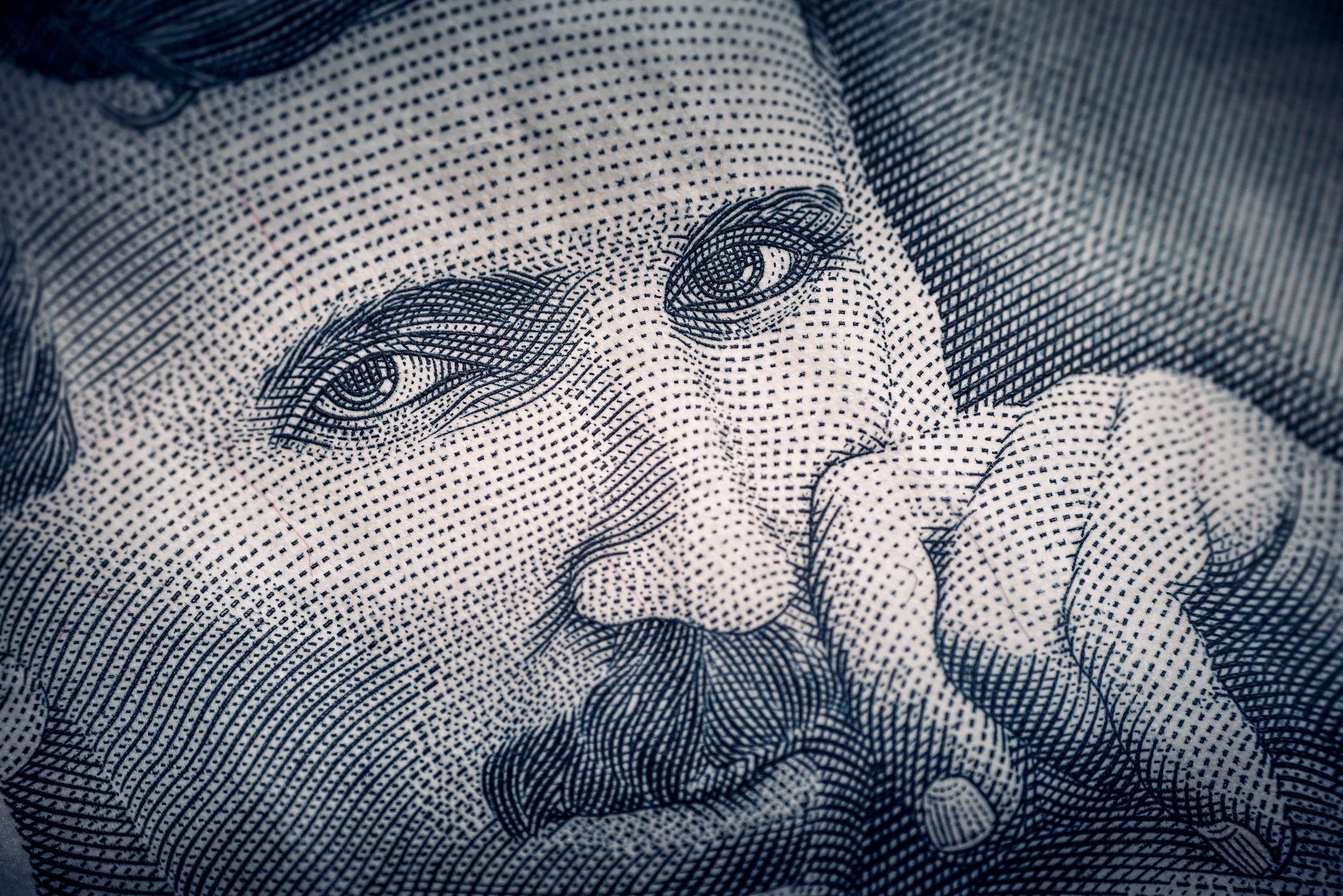
Contemporary Amperex Technology Ltd. (CATL), the electric vehicle battery manufacturer that supplies Tesla, among others, says it has made a battery that can last 16 years and over 1 million miles (1.6 million kilometers). Elon Musk had cited this before, but the news is more concrete now. CATL president Zeng Yuqun said the battery is ready to be manufactured. It should be about 10% more expensive than other batteries on the market. According to Bloomberg, this breakthrough is huge given that the warranty on EV batteries currently covers around 150,000 miles (240 kilometers) or eight years.
Another standout statement was made by Trevor Milton, CEO of Nikola Motor Company, who reiterated that he has made a breakthrough in the energy density of the battery (he previously did so in a press release on 19 November last year). The energy density is purported to be 500 Wh/kg – higher than the latest state-of-the-art batteries by a factor of two. And with a lifespan of 2000 cycles. Tests have yet to demonstrate whether these values can be reached. Nikola has nevertheless announced a number of new vehicles, including electric battery and fuel cell trucks. A market capitalization of about $30 billion is indicative of how high expectations are. Many people see Nikola as the new Tesla. Nikola itself sees a great future for the fuel cell in trucks.
Hydrogen on the rise
Interest in hydrogen is on the rise. Leading companies in Denmark, including A.P. Moller – Maersk, DSV Panalpina, and DFDS, have formed a partnership to establish an industrial-scale production facility for the production of renewable fuels, hydrogen, and e-fuels (yes. you read that right), for road, sea and air transportation in the Danish region of Copenhagen. This partnership brings the supply and demand side of renewable fuels together with a vision aimed at realizing what could become one of the world’s largest electrolysis and renewable fuel production facilities.
In the Netherlands, the purchase subsidy for fully electric cars will take effect on 1 July. Consumers will then be able to take advantage of a €4,000 deduction on a new EV. In Germany they are going to go further: a €6,000 subsidy and a €3,000 manufacturing incentive will drop the consumer price of a car that normally fetches €30,000, down to €21,000. This should boost sales considerably, even though hybrid cars also benefit from a (lower) subsidized price. The French subsidize up to €7000 on an EV. Scrapping an old diesel can bring in an extra €5000. In other words: up to €12000 in total. It follows that the French and the Germans are obviously doing their utmost to undercut the CO2 fines imposed by the European Commission in the event regulations are violated.
What is also notable and amusing this week is the rather imaginative estimate that the Tesla Roadster is going to bring in billions. A comparison is being made with Ferrari’s profit margins (watch the video clip at 5.56 min time point).
3D printed electric motor
Slightly more serious in nature, although at least as interesting comes from Equipmake. A British manufacturer of electric powertrains who is developing a partially 3D printed electric motor. This will have an output of 220 kW/300 hp and an engine that weighs just 10 kg! 22 kW per kg is a fourfold increase in power per kg of existing electric motors. That’s according to Ian Foley, CEO of Equipmake.
Finally, to offer some nuance on how to save as many tons of CO2 as possible … When the battery supply is ample, it is best to electrify everything. However, if, for example, there is a shortage of battery production facilities in 2025, then the best option would be to combine electric batteries with plug-in hybrids. Suppose that 88 kWh of battery power will be available by then. A large SUV can make good use of that. But it can also be used to build 10 Toyota Prius plug-in hybrids. These are 50% electric, which equates to 5 fully electric cars compared to 1 large electric SUV. And partly for that reason, fuel cells for trucks are a good alternative. Aside from the fact that technological monocultures are never good for progress.
About this column
In a weekly column, alternately written by Buster Franken, Eveline van Zeeland, Jan Wouters, Katleen Gabriels, Mary Fiers, Tessie Hartjes, and Auke Hoekstra, Innovation Origins tries to find out what the future will look like. These columnists, occasionally supplemented with guest bloggers, are all working in their own way on solutions for the problems of our time. So tomorrow will be good. Here are all the previous articles.




